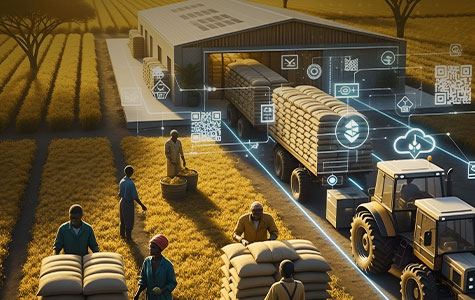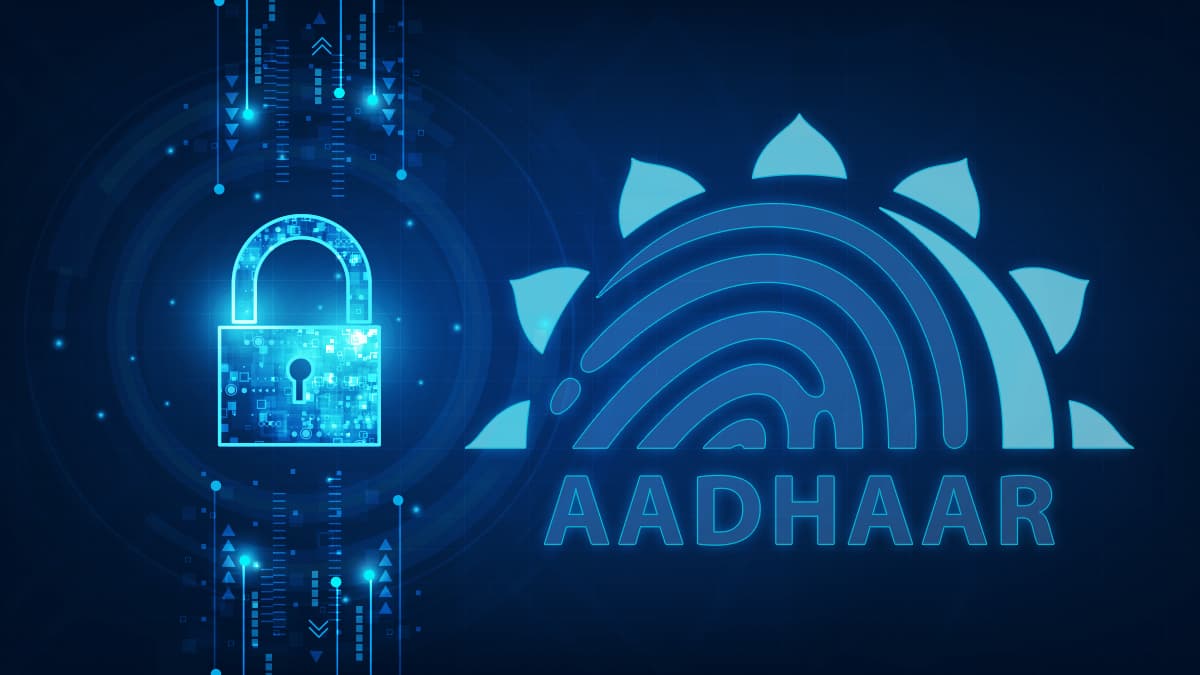.jpg)
The evolution of social safety nets (SSNs) at the World Bank is a compelling tale deeply intertwined with the tumultuous landscape of global economic and social crises. These transformative events have not only given rise to SSNs as a concept dating back to ancient times but have also ignited their formal integration into World Bank strategies since the 1980s. This strategic shift has underscored the crucial role of SSNs in stabilizing economies during downturns and promoting social equity. By providing a buffer for the most vulnerable populations, SSNs have demonstrated their value in fostering resilience and long-term economic growth. As global challenges continue to evolve, the World Bank's commitment to enhancing these safety nets remains a pivotal element in addressing both immediate and future crises.
From Latin America to the Soviet Union: The World Bank's Crisis Response
When Latin America found itself grappling with a severe economic downturn in the 1980s, the World Bank and the International Monetary Fund (IMF) introduced structural adjustment and stabilization programs. However, these measures came at a significant social cost, sparking the creation of the first Emergency Social Fund (ESF) in Bolivia in 1987. This pioneering initiative provided temporary employment and income support, serving as a model that would spread to over 60 countries.
The 1990s further underscored the urgency of robust SSNs, as the dissolution of the Soviet Union and the East Asian financial crisis unleashed widespread economic instability. The World Bank played a pivotal role in supporting the establishment of SSNs in Eastern Europe, recognizing their importance in mitigating the adverse effects of economic reforms. During this period, landmark programs like conditional cash transfers in Brazil and Mexico emerged as global exemplars, showcasing the transformative potential of SSNs.
Combating Hunger and Deprivation: India's Evolving Social Safety Net
 (1).jpg)
India's journey with social safety nets has been deeply rooted in the recurring threat of hunger and famine. The Bengal famine of 1943 served as a watershed moment, exposing the shortcomings of colonial resource management and paving the way for food security to become a central focus of Indian social policy. In the post-independence era, the Public Distribution System (PDS) was introduced to provide subsidized food to the population, despite facing operational challenges.
Over time, India's social welfare initiatives have expanded significantly, with the introduction of the National Social Assistance Programme (NSAP) in 1995 and the enactment of rights-based legislation like the National Food Security Act (NFSA) and the Mahatma Gandhi National Rural Employment Guarantee Act (MGNREGA).
India’s social welfare policies have increasingly addressed the root causes of poverty, such as health shocks, with initiatives like the National Rural Health Mission (NRHM) and the Ayushman Bharat health insurance scheme. These programs represent a significant expansion in the scope of social safety nets, aiming to not only alleviate the symptoms of poverty but also address its underlying causes. Such landmark policies have granted legal entitlements to food and employment, addressing the underlying causes of poverty and empowering vulnerable populations.
 (1).jpg)
Fostering Resilience: The Dual Approach of the World Bank and India
While the World Bank's SSNs have been predominantly shaped by global economic crises and the need for stabilization in developing countries, India's social safety nets have emerged as a response to the persistent threat of hunger and widespread deprivation. These distinct historical contexts have led to divergent approaches, yet both cases underscore the pivotal role of SSNs in fostering social and economic resilience.
The World Bank's emphasis on emergency response and long-term strategies has enabled it to mitigate the impact of macroeconomic shocks on vulnerable populations, while India's focus on rights-based legislation and addressing the root causes of poverty has empowered communities to break the cycle of deprivation.
As the world grapples with an increasingly volatile landscape, the evolution of social safety nets serves as a powerful reminder of the transformative potential of these programs. By safeguarding the vulnerable and building resilience, social safety nets have become indispensable tools in the quest for inclusive, sustainable development.










































We will verify and publish your comment soon.